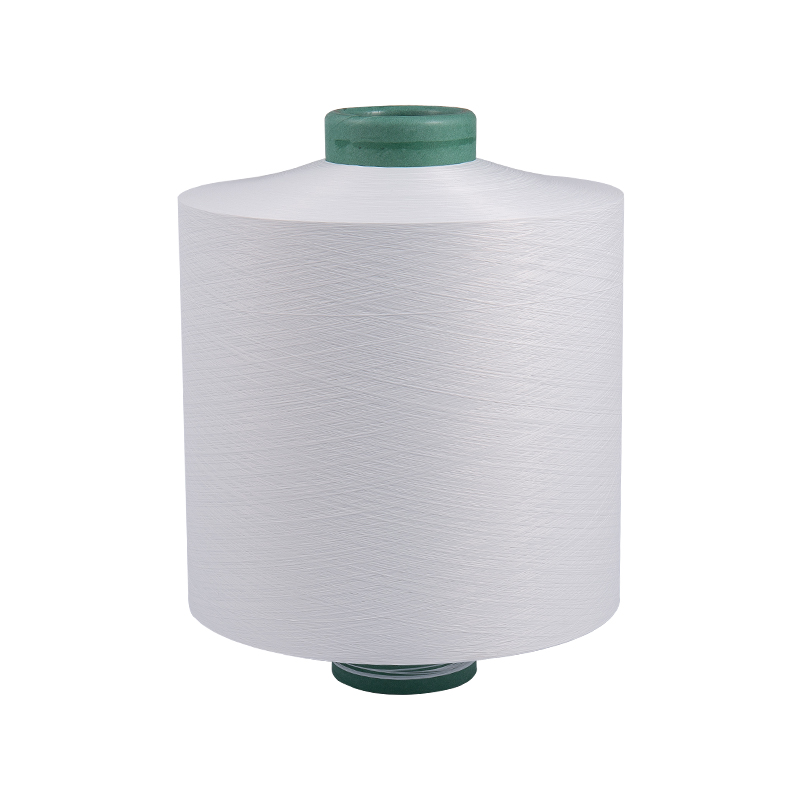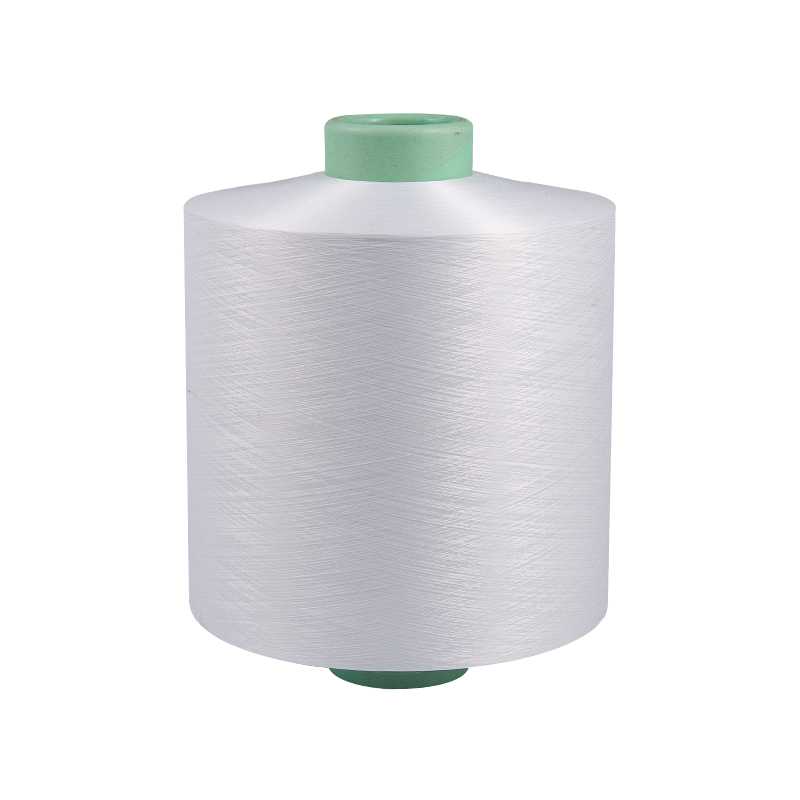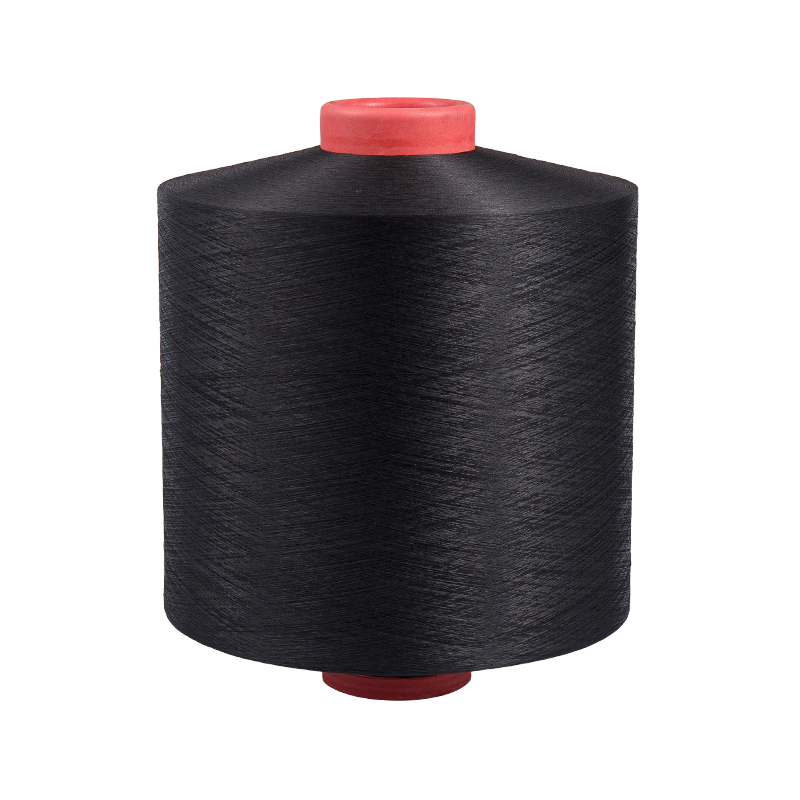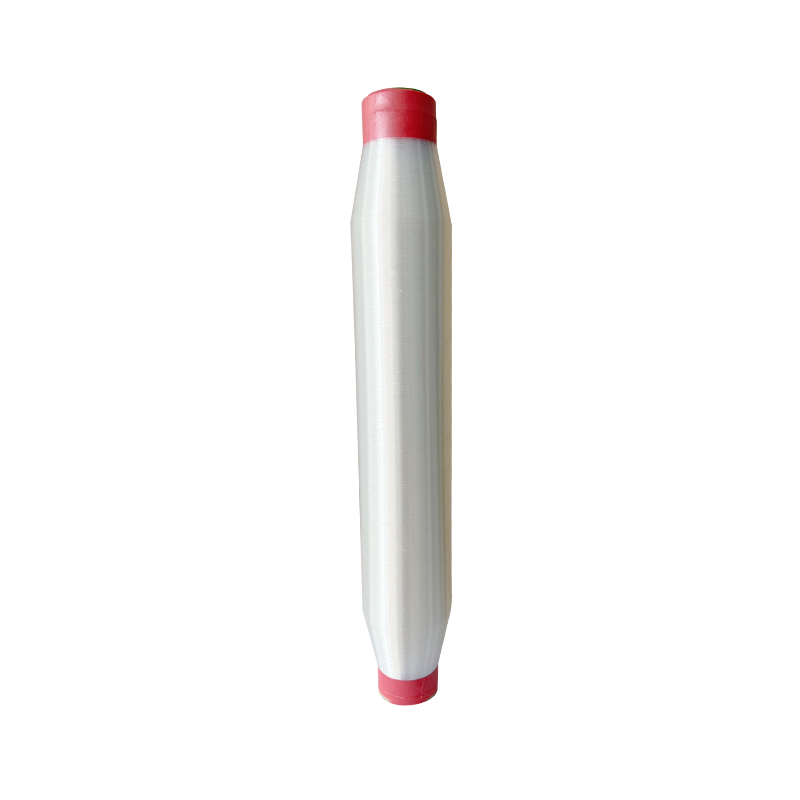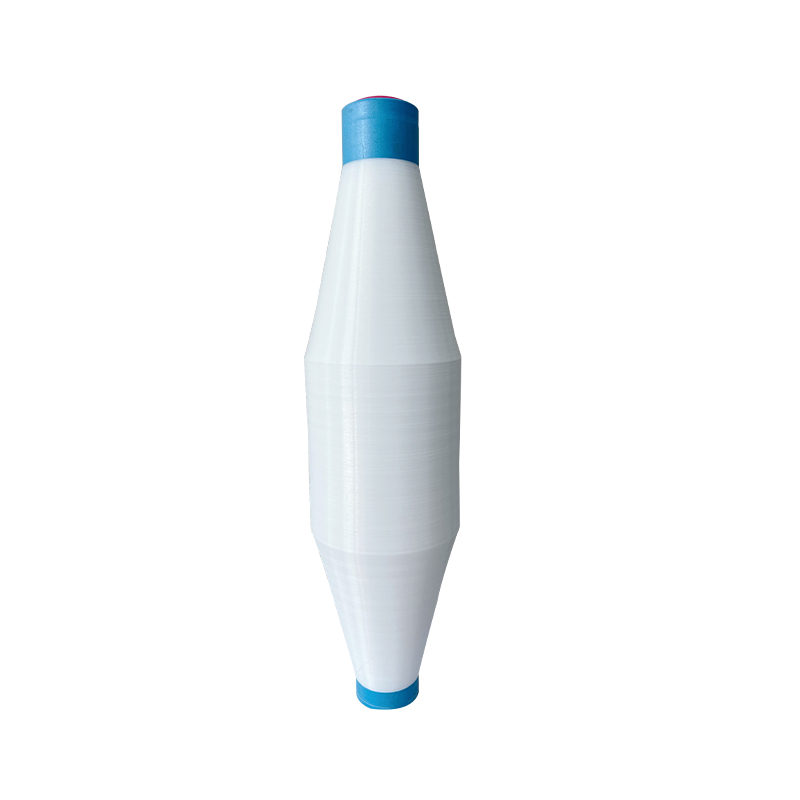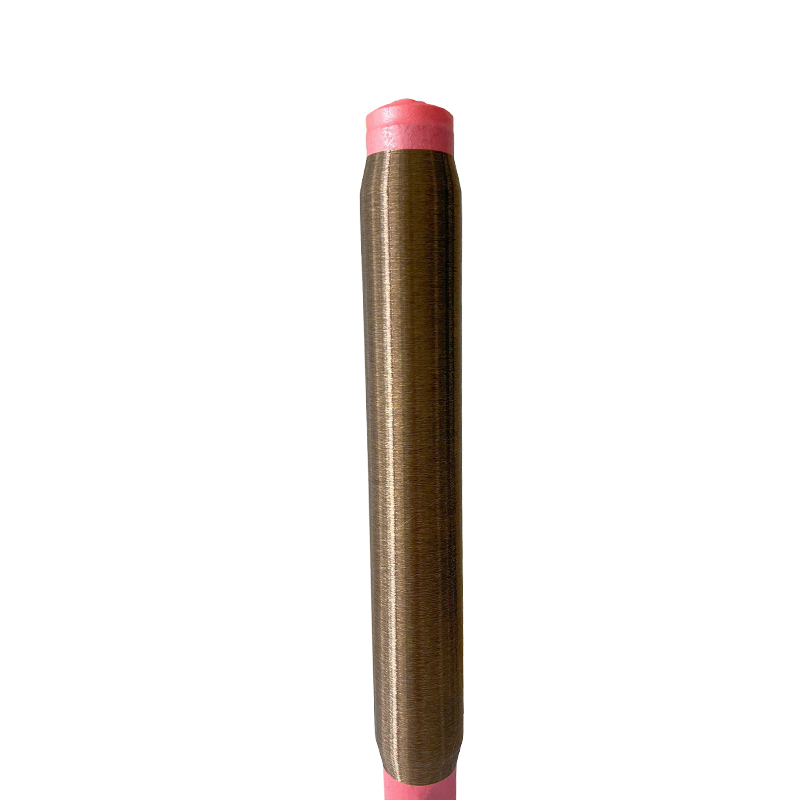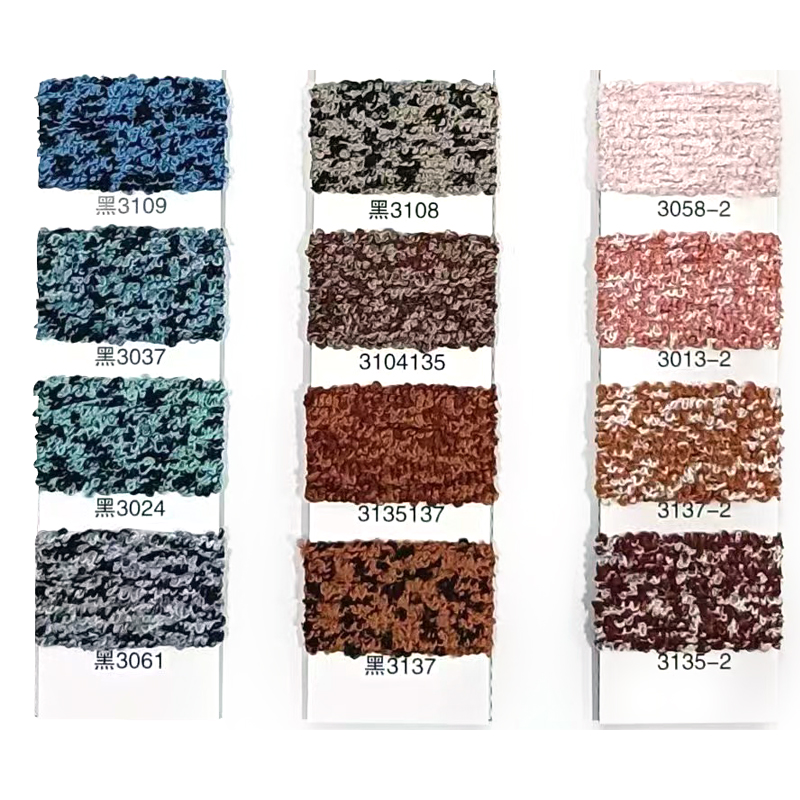Polyester Monofilament Yarn: Engineering Excellence in Single-Strand Fiber Technology
2025-08-01
Polyester monofilament yarn represents a pinnacle of synthetic fiber engineering, offering unparalleled consistency and performance in single-strand textile applications. Unlike multifilament yarns, these continuous single-filament structures provide unique mechanical properties that make them indispensable across industrial, medical, and technical textile sectors. This technical deep dive examines the manufacturing processes, material science, and cutting-edge applications of this specialized yarn type.
Content
- 1 Manufacturing Process and Technical Specifications
- 2 Advanced Material Formulations
- 3 Performance Comparison to Alternative Fibers
- 4 Industrial and Technical Applications
- 5 Quality Control and Testing Protocols
- 6 Emerging Technologies and Future Trends
- 7 Market Dynamics and Industry Outlook
- 8 Conclusion: The Future of Single-Fiber Solutions
Manufacturing Process and Technical Specifications
Extrusion Technology
-
Melt spinning process: 260-290°C extrusion temperatures
-
Precision die design: 0.05-2.00mm diameter tolerances (±0.5μm)
-
High-speed winding: Up to 4,000m/min take-up speeds
-
Online orientation: 4-6x draw ratio for molecular alignment
Material Properties
| Parameter | PET Monofilament Range | Comparative Advantage |
|---|---|---|
| Tenacity | 4-8 g/denier | 30% stronger than nylon mono |
| Elongation | 15-35% | Superior shock absorption |
| Modulus | 40-80 g/denier | Excellent dimensional stability |
| Melting Point | 250-260°C | Higher than polypropylene |
Advanced Material Formulations
Specialty Polymer Blends
-
UV-stabilized: 5,000+ hours Xenon arc resistance
-
Antimicrobial: Silver-ion or triclosan infused
-
Electroconductive: Carbon nanoparticle doping (10³-10⁶ Ω·cm)
-
Flame-retardant: Phosphorus-based additives (LOI >28)
Surface Engineering
-
Plasma treatment: Permanent hydrophilic modification
-
Nanocoating: SiO₂ or TiO₂ for self-cleaning properties
-
Texturizing: Laser-etched micro patterns for adhesion
Performance Comparison to Alternative Fibers
Competitive Fiber Analysis
| Property | PET Mono | Nylon Mono | PP Mono |
|---|---|---|---|
| Moisture Regain | 0.4% | 4.5% | 0% |
| Chemical Resistance | Excellent | Good | Limited |
| Abrasion Resistance | 50,000+ cycles | 35,000 cycles | 25,000 cycles |
| UV Degradation | 5+ years outdoor | 2-3 years | 1-2 years |
Industrial and Technical Applications
Medical Sector Solutions
-
Surgical sutures: USP size 5-0 to 2
-
Medical meshes: 80-200μm pore structures
-
Dental floss: 150-300 denier variants
Filtration Technology
-
Reverse osmosis membranes: 0.1-0.5μm precision
-
Industrial sieve screens: 20-200 mesh configurations
-
Blood filtration: Heparin-coated monofilaments
Composite Reinforcement
-
3D printing substrates: 0.25mm precision diameters
-
Geotextile grids: 150-300kN/m tensile strength
-
Aerospace preforms: High-modulus low-creep variants
Quality Control and Testing Protocols
Critical Test Parameters
-
Diameter consistency: Laser micrometer verification (±0.5%)
-
Tensile properties: ASTM D2256 testing
-
Thermal stability: DSC analysis of crystallinity
-
Surface energy: Contact angle measurements
Production Monitoring
-
Online diameter control: β-gauge feedback systems
-
Real-time defect detection: CCD camera inspection
-
Automated winding tension: PLC-controlled servos
Emerging Technologies and Future Trends
Smart Fiber Developments
-
Shape-memory monofilaments: Temperature-responsive diameters
-
Self-healing polymers: Microencapsulated repair agents
-
Optical fiber integration: Light-conducting textile sensors
Sustainable Innovations
-
Bio-based PET: 30% plant-derived glycol
-
Chemical recycling: Depolymerization to virgin-quality
-
Low-energy extrusion: Supercritical CO₂ assisted spinning
Market Dynamics and Industry Outlook
Global Demand Drivers
-
Medical device growth: 6.8% CAGR sutures market
-
Water treatment expansion: $90B filtration industry
-
Technical textiles: 4.5% annual growth rate
Cost Performance Factors
-
Raw material economics: PTA/MEG price fluctuations
-
Energy consumption: 3.2-3.8kWh/kg production
-
Yield optimization: 98.5%+ first-quality targets
Conclusion: The Future of Single-Fiber Solutions
Polyester monofilament yarn continues to evolve as a critical material at the intersection of fiber science and industrial engineering. Its unique combination of precision, strength, and chemical resistance enables applications where no alternative fiber can match performance requirements. As additive manufacturing and smart textile technologies advance, monofilament PET is poised to enable new generations of medical devices, filtration systems, and composite materials. Ongoing developments in sustainable production methods and functional enhancements ensure this engineered fiber will remain a vital component of technical textile solutions for decades to come. Manufacturers and product developers are encouraged to explore the expanding possibilities of these high-performance monofilaments in their next-generation applications.




 English
English 中文简体
中文简体 Español
Español عربى
عربى

